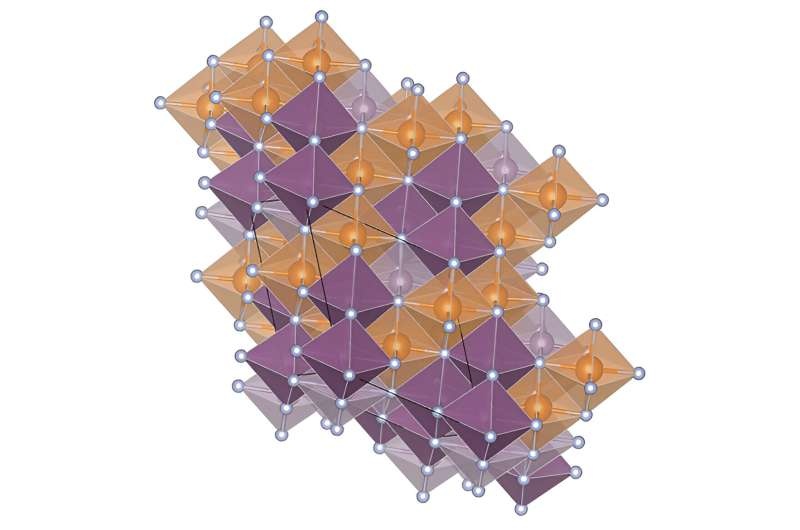A novel approach has been developed by researchers to convert 3D materials into stable layered thin film having excellent properties. Such an advance could open up fresh horizons in areas of fields such as energy, electronics and quantum computing.

Unraveling the Atomic Puzzle
Materials scientists are studying ways to control the very building blocks of our world. Controlling the atomic structure of material is essential to unleash their full functionality.
A breakthrough in this regard is realized by a team of researchers led by the National Renewable Energy Laboratory (NREL). Thus, they developed a technique to convert materials from three-dimensional at the atomic level to almost two-dimensional. In principle, this achievement could unlock a host of promising functionalities ranging from increased chemical reactivity and improved semiconductor performance to quantum-based applications.
.
Taming the Metastable State
A fundamental problem of materials chemistry is how to control the crystal structure of materials—that is, in simplest terms, what their atoms look like in space. The crystals formed by some substances, which are called metastable compounds, tend to assemble in alternative three-dimensional patterns that are not as stable.
To address this, the scientists investigated the driving forces for these transient 3D phases. The researchers found that these states result from the setting up of ‘basins of attraction,’ areas to which atoms are attracted and where they will go to settle in lower-energy, more stable structures.
The team was able to exploit this process by figuring out a way to turn these metastable, 3D structures into stable, almost 2D flat layer structures. In a sense it is like alchemy, a ‘space wormhole’ from the world of materials science to that of solid-state physics, switching the materials to their desired state.
Conclusion
This finding is an important contribution to the field of materials science. The ability to make stable, layered materials thinner than ever before has brought together materials science and theoretical physics to create new opportunities for electronic devices, from energy-efficient transistors with five-nanometer nodes to quantum computing. This discovery highlights the transformative power of basic research and is a thrilling result when you think about how this methodology could lead to finding new materials that we can only barely imagine today.
